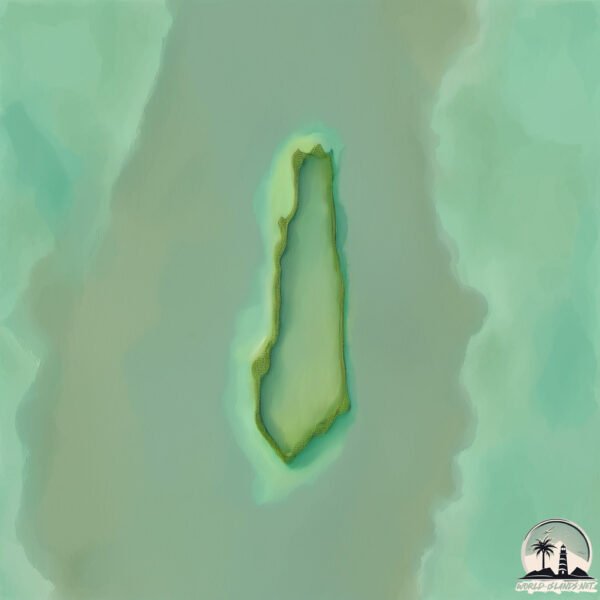Pouga Tabiki

Welcome to Pouga Tabiki, a Tropical island in the North Atlantic Ocean, part of the majestic Atlantic Ocean. This guide offers a comprehensive overview of what makes Pouga Tabiki unique – from its geography and climate to its population, infrastructure, and beyond. Dive into the details:
- Geography and Size: Explore the island’s size and location.
- Climate and Weather: Weather patterns and temperature.
- Topography and Nature: Uncover the natural wonders of the island.
- Infrastructure and Travelling: Insights on reaching, staying, and making the most of your visit.
- News and Headlines: Latest News.
Geography and size of Pouga Tabiki
Size: 0.102 km²
Coastline: 1.8 km
Ocean: Atlantic Ocean
Sea: North Atlantic Ocean
Continent: South America
Pouga Tabiki is a Tiny Island spanning 0.102 km² with a coastline of 1.8 km.
Archipel: –
Tectonic Plate: South America – A major plate covering the South American continent and part of the Atlantic Ocean, known for the Andes mountain range and significant seismic and volcanic activity.
The geographic heart of the island is pinpointed at these coordinates:
Latitude: 4.86287408 / Longitude: -54.46622773
Climate and weather of Pouga Tabiki
Climate Zone: Tropical
Climate Details: Tropical Rainforest Climate
Temperature: Hot
Climate Characteristics: This climate is typified by heavy rainfall throughout the year, high humidity, and consistently high temperatures, leading to lush rainforests and rich biodiversity. Seasonal temperature variations are minimal.
Topography and nature of Pouga Tabiki
Timezone: UTC-03:00
Timezone places: America/Sao_Paulo
Max. Elevation: 29 m
Mean Elevation: 28 m
Vegetation: Herbaceous Cover
Tree Coverage: 78%
The mean elevation is 28 m. The highest elevation on the island reaches approximately 29 meters above sea level. The island is characterized by Plains: Flat, low-lying lands characterized by a maximum elevation of up to 200 meters. On islands, plains are typically coastal lowlands or central flat areas.
Dominating Vegetation: Herbaceous Cover
Comprising mainly of grasses, herbs, and ferns, these areas are common in prairies, meadows, and savannas, and can vary widely in species composition. Pouga Tabiki has a tree cover of 78 %.
Vegetation: 1 vegetation zones – Minimal Diversity Island
These islands exhibit the most basic level of ecological diversity, often characterized by a single dominant vegetation type. This could be due to extreme environmental conditions, limited land area, or significant human impact. They represent unique ecosystems where specific species have adapted to thrive in these singular environments.
Infrastructure and Travelling to Pouga Tabiki
Does the island have a public airport? no.
There is no public and scheduled airport on Pouga Tabiki. The nearest airport is Afobakka Airstrip, located 60 km away.
Does the island have a major port? no.
There are no major ports on Pouga Tabiki. The closest major port is MOENGO, approximately 85 km away.
The mean population of Pouga Tabiki is 5 per km². Pouga Tabiki is Gently Populated. The island belongs to France.
Continuing your journey, Stoelmans is the next notable island, situated merely km away.
France is classified as Developed region: G7: Group of Seven – Major advanced economies, including Canada, France, Germany, Italy, Japan, the United Kingdom, and the United States. The level of income is High income: OECD.
News – Latest Updates and Headlines from Pouga Tabiki
Stay informed with the most recent news and important headlines from Pouga Tabiki. Here’s a roundup of the latest developments.
Please note: The data used here has been primarily extracted from satellite readings. Deviations from exact values may occur, particularly regarding the height of elevations and population density. Land area and coastline measurements refer to average values at mean high tide.
